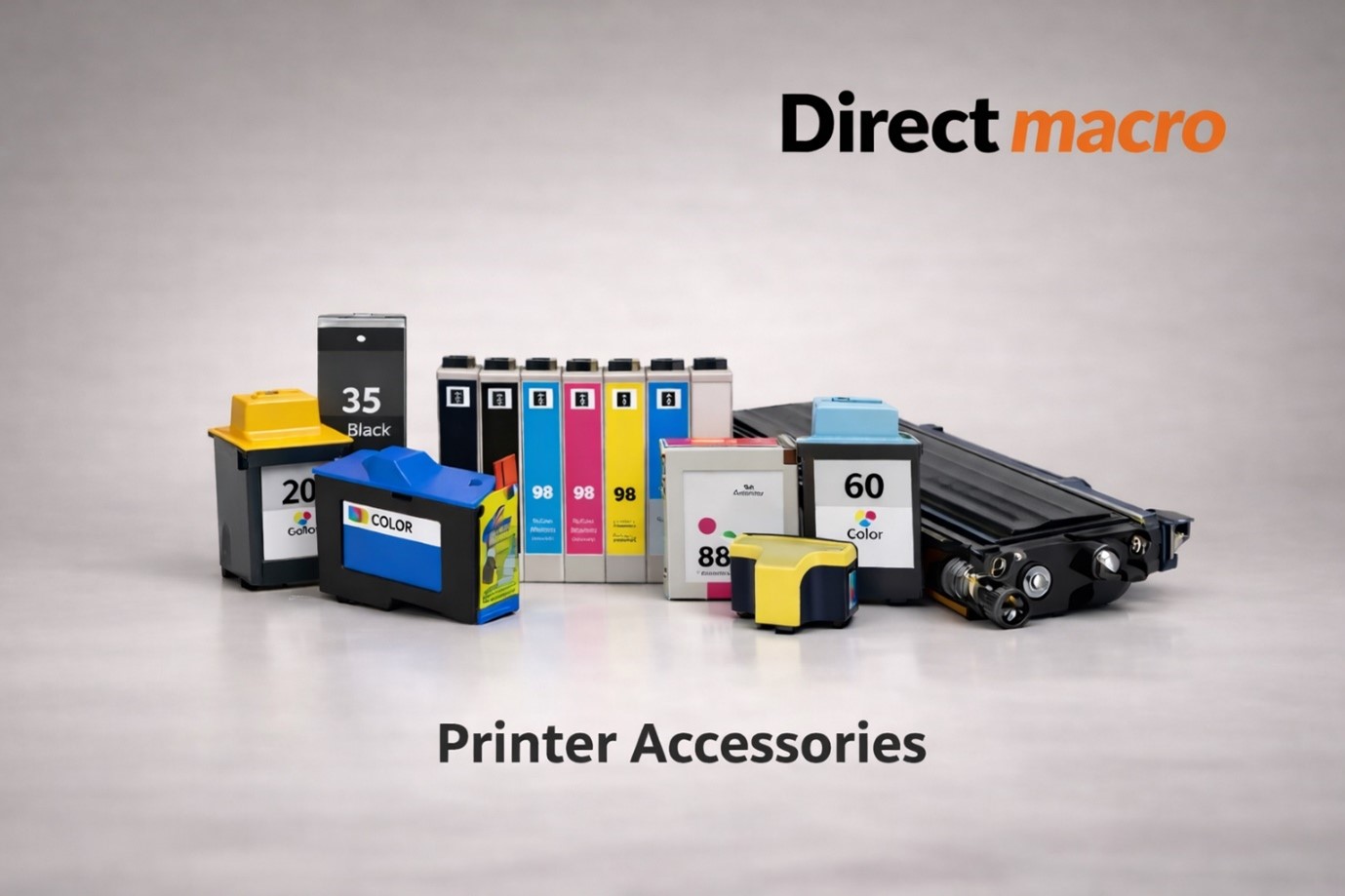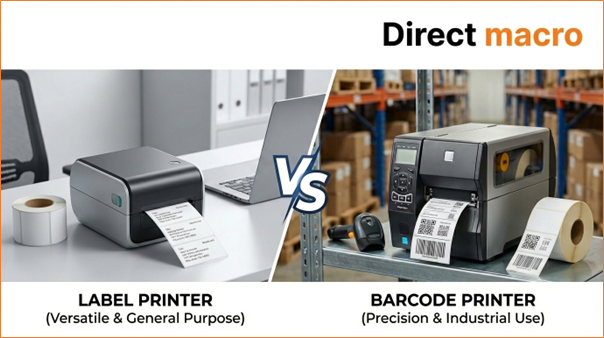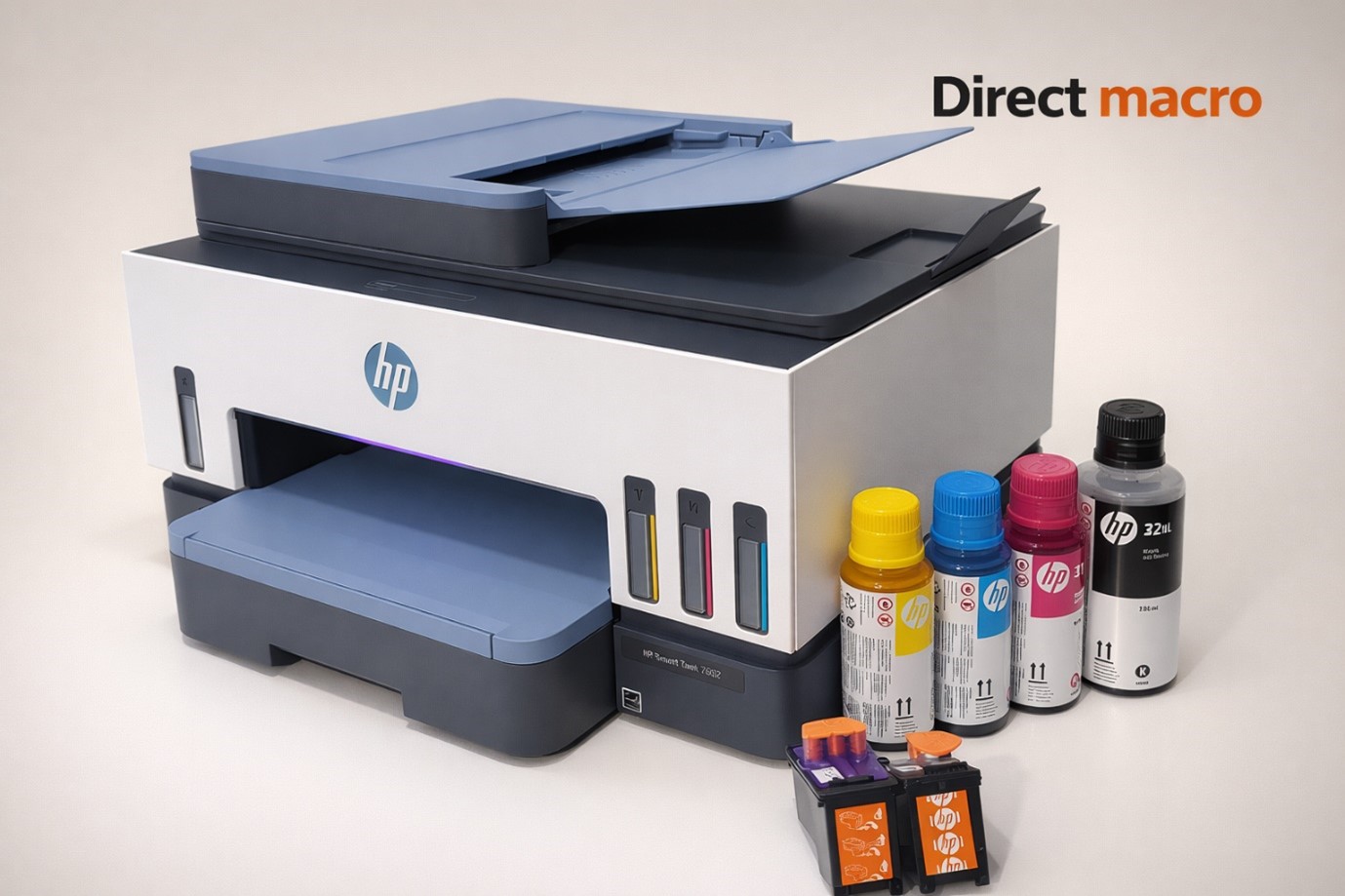The Evolution of SSD Storage in Enterprise Servers: Advancements and Future Prospects in 2026
Introduction
Solid-state storage has come a long way in the last decade, with significant developments in technology and functionality. Today, solid-state storage drives are used in most modern data centers due to their high speed, efficiency, and reliability. The following article will provide an overview of the evolution of solid-state storage in enterprise servers, from their early beginnings to the present day.
Early days of Solid-state Storage
In the early days of solid-state storage, solid-state drives (SSDs) were expensive and had limited storage capacity compared to traditional hard disk drives (HDDs). Early SSDs used NAND flash memory technology and were primarily used in consumer electronics, such as mobile phones and digital cameras. However, enterprise servers at that time continued to rely on HDDs due to their lower cost and higher storage capacity.
Introduction of SATA and SAS Solid-state Drives
In the late 2000s, manufacturers started introducing SATA and SAS SSDs for enterprise servers. SATA and SAS interfaces are designed for high-speed data transfer and support faster transfer speeds than the traditional Parallel ATA interface used for HDDs. These solid-state drives were more expensive than traditional HDDs but provided much faster access times and significantly increased read and write speeds.
PCIe-based Solid-state Drives
As the demand for faster storage solutions grew, PCIe-based SSDs were introduced in the early 2010s. PCIe is a high-speed interface that is commonly used for connecting peripheral devices directly to a computer’s motherboard. PCIe-based SSDs provide faster data transfer rates than SATA and SAS SSDs and are capable of transferring data at speeds of up to 10 gigabytes per second (GB/s). This type of solid-state storage is used in high-performance computing applications and large data centers that require high-speed data transfer rates.
NVMe-based Solid-state Drives
NVMe (Non-Volatile Memory Express) technology was developed in the mid-2010s to address the limitations of SATA, SAS, and PCIe-based SSDs. NVMe is an interface protocol designed specifically for solid-state drives and allows for faster data transfer rates and lower latency than other interface protocols. NVMe SSDs can achieve data transfer rates of up to 32 GB/s, making them the fastest solid-state storage solution available for enterprise servers. Additionally, NVMe SSDs support multiple input/output operations per second (IOPS), which means they can process a large number of small data requests simultaneously. This makes them well suited for high-performance computing and big data applications.
3D NAND Technology
In the early days of SSDs, NAND flash memory cells were arranged in a two-dimensional (2D) grid. As the demand for greater storage capacity grew, manufacturers started stacking NAND flash memory cells in a three-dimensional (3D) configuration. 3D NAND technology allows for significantly higher storage capacity in a smaller physical space. This technology is widely used in enterprise servers today and has made it possible for SSDs to compete with HDDs in terms of storage capacity and cost.
QLC NAND Technology
QLC (Quad-Level Cell) NAND technology was introduced in the mid-2010s and is a type of 3D NAND flash memory. QLC NAND can store up to four bits of data in each memory cell, which means it can store more data in the same physical space than previous types of NAND flash memory. QLC NAND is less expensive than other types of 3D NAND flash memory, making it an attractive option for enterprise servers that require large amounts of storage capacity.
TLC NAND Technology
TLC (Triple-Level Cell) NAND technology is another type of 3D NAND flash memory that was introduced in the early 2010s. TLC NAND can store up to three bits of data in each memory cell, which is less than QLC NAND but more than previous generations of NAND flash memory. TLC NAND has higher endurance and is less expensive than SLC and MLC NAND flash memory, making it a popular choice for enterprise servers.
Persistent Memory
Persistent memory, also known as storage-class memory (SCM), is a type of solid-state storage that blurs the line between traditional memory and storage. Persistent memory is non-volatile, which means it retains data even when the power is turned off. This type of memory can be used as both memory and storage, providing significantly faster access times than traditional SSDs while retaining the non-volatile properties of traditional storage. Persistent memory is often used in data center environments where speed and reliability are critical.
Hybrid Storage Solutions
Hybrid storage solutions combine the benefits of traditional HDDs with the speed and efficiency of solid-state storage. These solutions typically use a small amount of high-speed solid-state storage as a cache for frequently accessed data, while the majority of the data is stored on traditional HDDs. This approach provides the best of both worlds, allowing organizations to take advantage of the speed and efficiency of solid-state storage while still having the cost-effectiveness of traditional HDDs.
Conclusion
Solid-state storage has come a long way in the last decade, from its early beginnings as an expensive and limited storage solution to its current position as the preferred storage solution for most modern data centers. With the introduction of new technologies such as NVMe, 3D NAND, QLC NAND, and persistent memory, solid-state storage has become faster, more efficient, and more reliable than ever before. As the demand for high-speed data transfer rates and large amounts of storage capacity continues to grow, it is likely that solid-state storage will continue to evolve and improve, providing even greater benefits to enterprise servers in the future.
Do you need advice on buying or selling hardware? Fill out the form and we will return.

Sales & Support
(855) 483-7810
We respond within 48 hours on all weekdays
Opening hours
Monday to thursday: 08.30-16.30
Friday: 08.30-15.30








